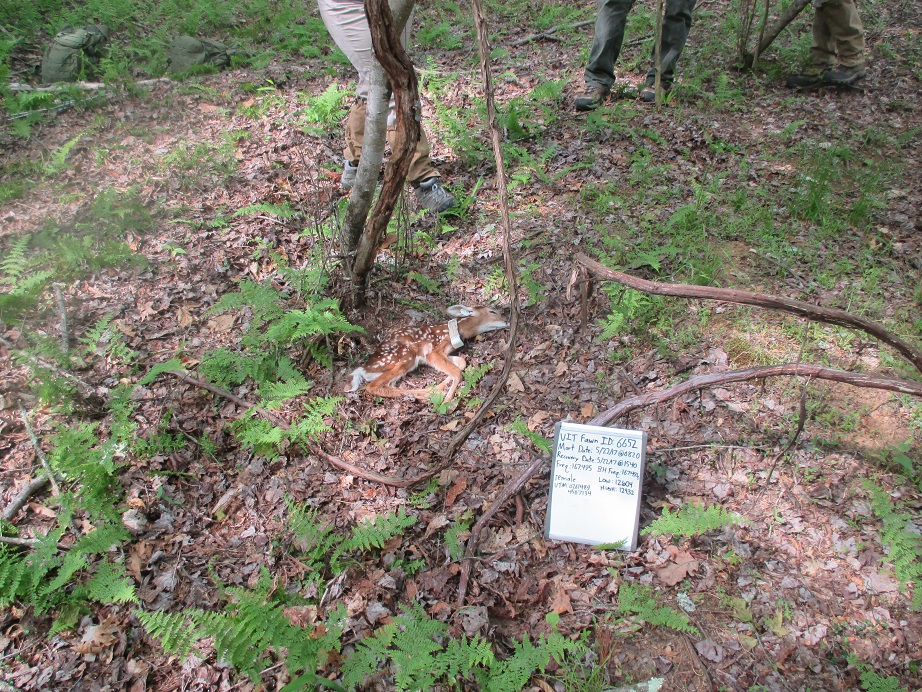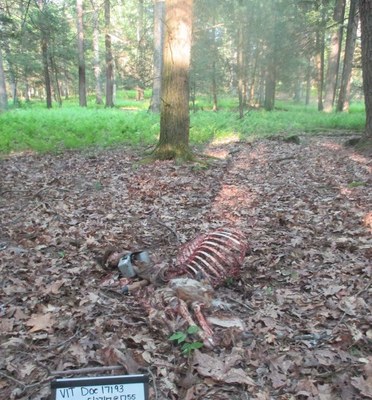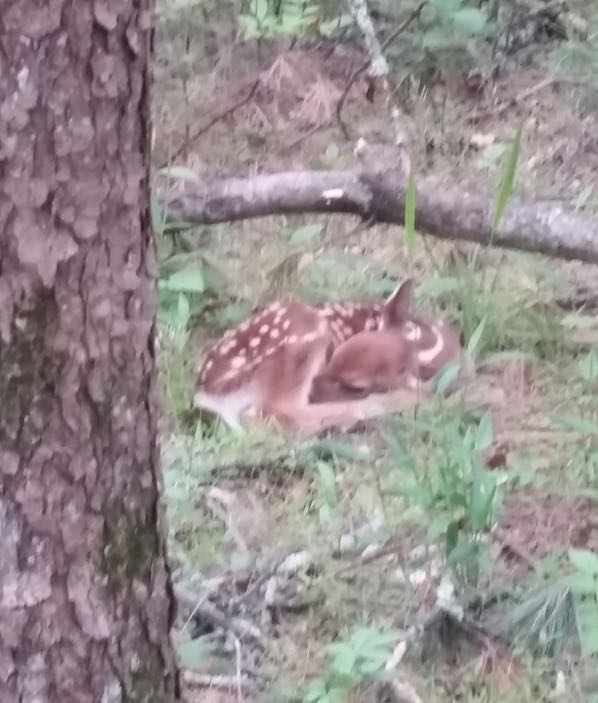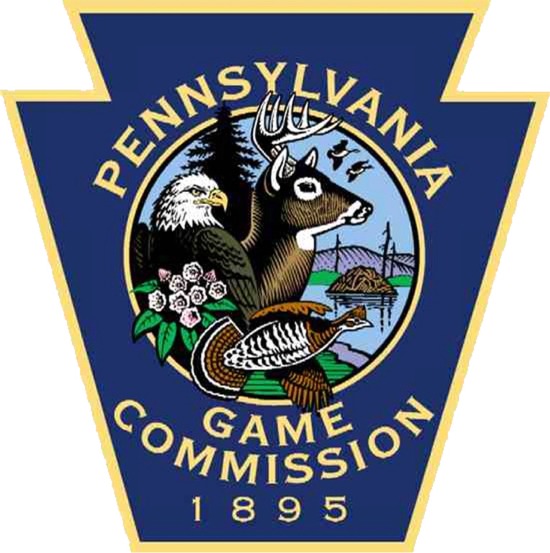Everybody gets very excited about deer capture. Being able to handle an animal that most people only get to view from afar is awesome…at least in theory. Deer are not domesticated in any way. Deer are wild animals. And while they look beautiful and tame in your yard, they are most definitely not. Even the babies!
Over my career I have handled hundreds of animals. I may have even hit a thousand for lifetime wild critters handled. I have held a hummingbird and felt its heart beating 1,200 beats/min in my hand and been kissed by a wolf. I have cradled a crying fawn in my arms and used every ounce of my being to hold down a doe making sounds that I thought would summon the dead.
On these occasions, my heart rate might rival that of the hummingbird. It is not the rush of holding something wild and untamed (well, maybe just a little), but the fear that I may just by touching this creature cause its demise.
Every time we capture a deer we risk causing its death. We do everything we can to minimize this – competent crews, annual training, tested protocols. We’ve done quite well. Our capture-related mortalities are about 2%.
But that really doesn’t easy my conscience.
Why am I bringing all this up? On May 18, April and the crew were notified of a VIT expulsion at 1530. Our protocol dictates that we wait 6 hours before going in to search for fawns. The VITs are temperature sensitive and are expelled first which means we get notified at the beginning of the birth process. Does need time to bond with their fawns after birth. If this process is interrupted, risk of abandonment increases dramatically. Nobody wants that so we error on the side of caution and give at least a 6-hour bonding window.
Another thing we take very seriously is safety. Six hours from the time of the message would have been 2130. Well after dark. There is no need for crews to be stumbling around in the woods after dark looking for fawns. April made the right call and went to look for the fawns first thing the following morning.
The crew was rewarded! Twins (one male, one female) were located within minutes of arriving at the birth site even before they found the VIT. The fawns were tagged and placed back where they were found.
This was kind of a bonus capture. Doe 17193’s collar had been malfunctioning. It had not connected to any satellites at all prior to the VIT expulsion message. So we weren’t expecting to get any message at all. Sweet!
Capture and tagging of these twins were by all accounts “routine.” That is until 3 days later.
April received mortality signals from not one but both fawn collars on the morning of May 22. My heart sank. Her investigation revealed a “natural” mortality event. As is protocol, she took photos of the scene and collected the carcasses for necropsy.

Necropsies were performed on both fawns which confirmed no milk present in the stomach or abomasum. Cause of death: abandonment.
I felt terrible. Working with a game species (especially deer!) requires a thick skin and a level of what some may call frigidness. Deer die all the time. So what. Big deal. But I’m not heartless. In fact, I’d say I’m hyper-sensitive about things. Hence, my high stress level associated with capture of wildlife.
Then came a strange and illuminating email. Remember the malfunctioning collar of Doe 17193. April regularly checks all collars, functioning or not. On May 26, she picked up a mortality signal from Doe 17193. The one she had not been able to locate since it was deployed. 
This mortality investigation left more questions than answers. Unfortunately, there wasn’t much left of Doe 17193 which means she had been dead for a while. Heavily scavenged and strewn about the forest.
She was found about halfway between her fawns. From the condition of the carcass and its location, we suspect she died on May 21. Fawns don’t last long without the care of their mother especially when they are only a few days old.
I felt slightly better. Thankfully, it wasn’t our activities that caused their death.
So what caused the death of Doe 17193? We will never know for sure but when the crew found and tagged her twins, they also found a piece of what they assumed was placenta near one of the fawns. As is the practice for many mammals, deer consume all afterbirth for nutrition and to removed evidence that a predator might key in on. Finding this might suggest some sort of birth trauma contributed to the death of Doe 17193.
I’m not sure anyone knows how often something like this might happen. Like deer capture, birth is risky business for any mammal, even humans. Modern medicine just helps push the odds in our favor.
The alternative explanation is something much less mysterious. Doe 17193 could have been poached or hit by a car (she was found not far from a gated road and stranger things have happened).
Like I said, we will never know what killed Doe 17193.
But let’s face it. Just being a deer is risky business.
PGC Deer and Elk Section
If you would like to receive email alerts of new blog posts, subscribe here.
And Follow us on Twitter @WTDresearch

